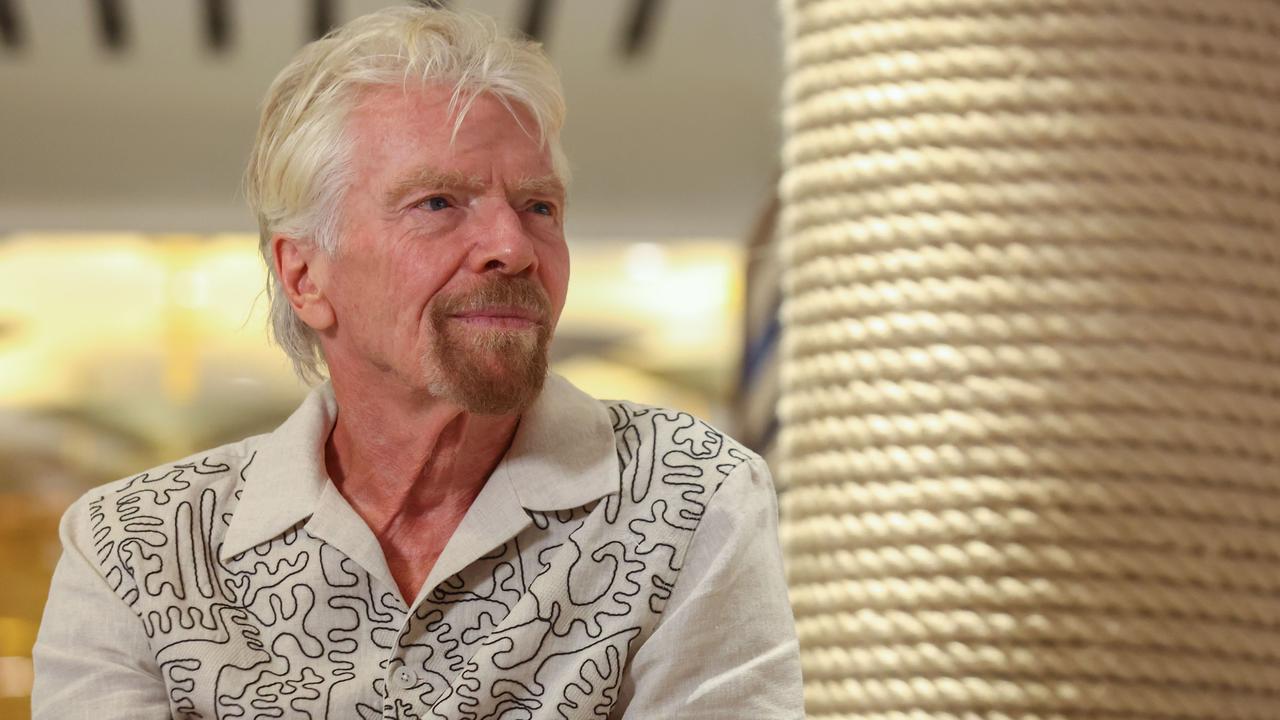Budget 2020: Virus vaccine tipped to trigger an economic rocket
The roll out of a coronavirus vaccine should see the economy roar back, more than making up for the decline in GDP this year.

Despite forecasts for the population to shrink for the first time since the 1940s the economy is expected to roar back next year, more than making up for the decline in GDP this year, the government has said in an otherwise sombre set of economic forecasts.
The economy will shrink by 3.75 per cent this year, before growing by 4.25 per cent next year if a “population-wide Australian COVID-19 vaccination program is full in place by late 2021”, the budget papers have forecast, setting the economy up for a feat few others are expected to enjoy.
Economic growth in the US, Japan and eurozone nations next year is expected to be significantly smaller than the decline experienced this year.
“Australia’s economic and health outcomes compare favourably with those of most other countries,” the budget papers say, noting death case numbers per capita from the virus were lower than all G7 nations except Japan.
“Australia has also outperformed in economic terms, with a smaller fall in GDP than every major advanced economy over the first half of 2020.”
China, which dealt with the coronavirus pandemic earlier, is expected to be the standout global economy, expanding 1 per cent this year before surging 8 per cent in 2021.
“China’s economy is expected to strengthen further, but a more moderate recovery in demand in the rest of the world, still-cautious consumers and uncertainty about the health and economic outlook are expected to weigh on economic activity,” it said.
The government’s growth forecasts are more optimistic than the Reserve Bank’s, which pencilled in 2 per cent growth in 2021 in its most recent August economic statement.
While wage growth isn’t expected to keep up with inflation this year, the government has pencilled in a peak in the jobless rate of 8 per cent, an improvement on earlier expectations the jobless rate would peak at 10 per cent this year. “Of the 1.3 million people who lost their job or were stood down on zero hours in April, almost 60 per cent, or 760,000, are now back at work,” Treasury said.
“According to the International Labour Organisation, hours worked fell by the equivalent of 600 million full-time jobs in the June quarter 2020, compared with the December quarter 2019.”
Net overseas migration will be minus 94,000 over this and next financial year as the flow of students dries up owing to border restrictions and foreigners continue to return home.
“NOM is not expected to return to levels consistent with pre-COVID-19 travel patterns inside the forward estimates period due to economic uncertainty and softer labour market conditions,” the budget papers say.
“Australia’s population growth is expected to fall to 0.2 per cent in 2020-21 and 0.4 per cent in 2021-22, the slowest growth in over a century, due to net overseas migration which is expected to be negative over this period for the first time since 1946.
“The ultimate size and duration of this global shock will depend on the frequency and severity of outbreaks around the world, the severity of containment measures implemented to control them, and the extent to which consumer and business confidence re-emerges to support activity.”




To join the conversation, please log in. Don't have an account? Register
Join the conversation, you are commenting as Logout